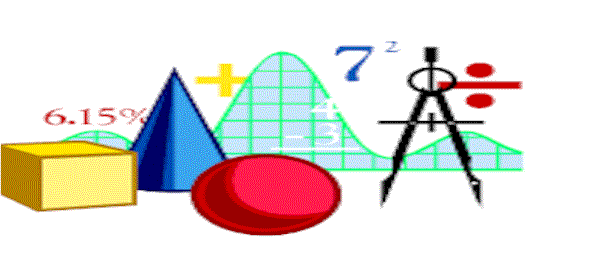
LongVector

|
LongVector
|
A Long Vector (ShortVector) is a Heap object containing zero or more 32 bit integer data values. Assuming there are n elements in a vector, the elements of the vector are accessed as elements 0 thru n-1. An LongVector also has a tail in the same sense that a Pair has a tail.
This sets an LongVector of four integer values.
(setq X (new Vector: Long: 4 5 2 11 6))
| 5 |
| 2 |
| 11 |
| 6 |
The LongVector is a dynamic data type: it can grow to containing new elements or contract as elements are deleted as long as it does not exceed its limit of 32 bit integer data values. An element is accessed by an index from 0 to n-1 where n is the number of elements in the IntVector. When an element is added, it is appended to the end.
| 5 |
| 2 |
| 11 |
| 6 |
| 4 |
Or we might sort the vector
| 2 |
| 4 |
| 5 |
| 6 |
| 11 |
Or we might delete a key by specify the index of the item to be deleted (2)
| 2 |
| 4 |
| 6 |
| 11 |
The LongVector is a subtype of the Vector Data Type. The LongVector object is useful for storing integers. The LongVector object is very fast and has minimum memory overhead due to the indexed access of its values. If you require a random access strategy or a keyed access strategy see the Dictionary or Structure data types.
An Analytic Information Server LongVector is similar to the single dimensioned dynamic array in Visual Basic. The Visual Basic array is created at compile time (the Visual Basic Array still requires a "ReDim" to specify a dimension), whereas the Analytic Information Server structure is created, expanded, or contracted dynamically at run time.
Dim DayArray(50)
DayArray is an array of Variants with 51 elements indexed, from 0 thru 50.
The LongVector native data type has a constant form. A LongVector constant is enclosed in brackets and preceded by the sharp symbol #(long| ).
For Example:
#(long| 5 2 11 6 4)
The LongVector is a Heap Object or an Object Data Type. The Analytic Information Server Object Types are stored in the Heap and are managed by the Heap manager. The Analytic Information Server Heap manager supports object resizing, garbage collection, and anti-fragmentation algorithms so that the user may concentrate on the analysis and modeling of data rather than on memory management. Without exception, all of the Object types are identified by an object id. The object id identifies a block of memory, managed by the Lambda Information Server memory manager, in which the Object's data is stored.
The Analytic Information Server Heap Object and Native Data types can be saved and loaded to and from persistent (disk file) storage at any time. Containers with immediate data are saved on disk in fixed length records equal to the size of the container. Containers with Heap object references are saved in fixed length records, which are automatically expanded to include the contents of the Heap object, and any objects referenced by the Heap object, etc. This feature is called Object Closure Management and is automatic with every Analytic Information Server container database save.
Analytic Information Server containers may be loaded from any database repository record at any time. If the data in the record is immediate, the database load fills the container with the immediate data. If the data in the record is an object closure, the database load fills the container with a Heap object reference, and all of the objects in the record are loaded back into the Heap with the same referential relationships they had when they were saved in the repository.
The LongVector object can be demonstrated by the following examples.